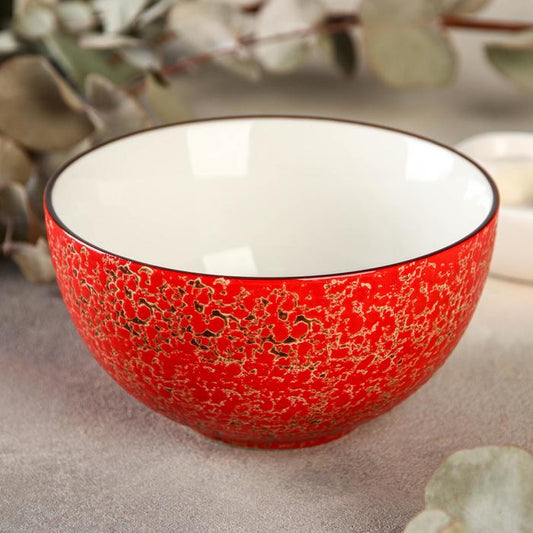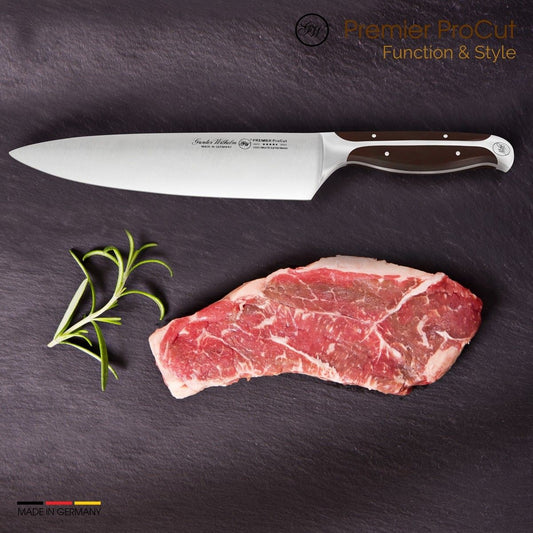🌵 Desert Cuisine Revival: Spices & Secrets from Morocco to the American Southwest

In the windswept, sun-drenched stretches of the world’s great deserts—from the ochre sands of Morocco to the cacti-lined canyons of New Mexico—lies a culinary tradition that’s been quietly simmering for centuries. Today, chefs and food lovers alike are rediscovering the bold spices, smoky techniques, and survivalist ingenuity that define desert cuisine.
🔥 Why Desert Food Is Suddenly Hot
Desert cuisine has entered the spotlight for one key reason: flavor meets function. It’s rooted in necessity—making the most of what little the land provides—and results in some of the most intensely spiced, slow-cooked, and preserved dishes in the world. It also aligns beautifully with modern values: sustainability, plant-forward meals, and spice-forward cooking that doesn't rely on processed ingredients.
🌶 Spice Stories from Morocco
In Morocco, the heart of desert cuisine lies in the spice market. Ras el hanout, a deeply aromatic blend of over a dozen spices—cinnamon, cumin, coriander, and dried rose petals—is the signature. Slow-braised tagines (often lamb or chickpeas with preserved lemon and olives) simmer in clay pots, harnessing both flavor and heat retention.
Flatbreads like khobz are often baked against clay oven walls, while dates and almonds serve as natural sweeteners and energy sources. These ingredients travel well, store well, and infuse food with layers of warmth and complexity.
🌵 Flavors of the American Southwest
Southwestern cuisine, especially from New Mexico and Arizona, brings its own magic. Think mesquite-grilled meats, corn-based stews like posole, and Hatch chile everything. The desert’s native crops—corn, beans, squash (the “Three Sisters”)—are used in harmonious balance, sustaining generations.
Native American traditions, like pit-roasted agave or stone-ground blue corn tortillas, are also being revived on modern menus. These techniques honor ancestral knowledge while offering a unique flavor profile chefs can’t replicate with modern tools.
🫖 Tea, Smoke, and Slow Heat
In both regions, slow cooking is essential. Clay pots, open flames, smoke, and steam create tender textures with minimal waste. Mint tea in North Africa and smoky herbal infusions in the Southwest offer cooling contrast in arid climates—and also aid digestion.
✨ Desert Dining at Home
- Start with a Moroccan spice blend: ras el hanout, paprika, and cumin work wonders on roasted vegetables or chickpeas.
- Use preserved lemons for tangy marinades or vinaigrettes.
- Roast root vegetables with mesquite or chili powder for a Southwest twist.
- Serve with warm flatbreads or blue corn tortillas and finish with date-sweetened tea or orange blossom syrup.
🌍 From Survival to Sophistication
What was once about surviving harsh climates is now being recognized for its culinary brilliance. The desert teaches us that less can be more, that flavor can come from restraint, and that food culture thrives even in the harshest environments. Whether you're dining under the stars or recreating a tagine on your stovetop, desert cuisine offers something rich, ancient, and undeniably relevant.
Share:





